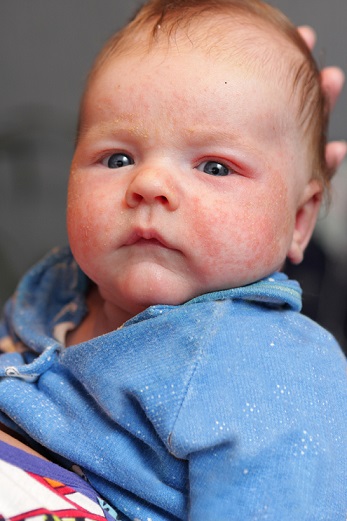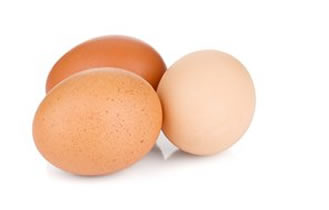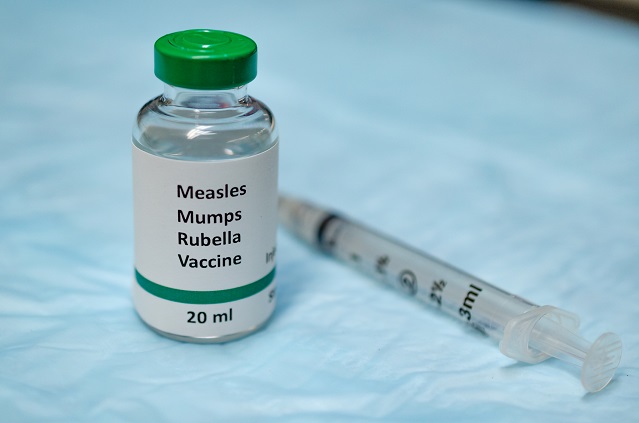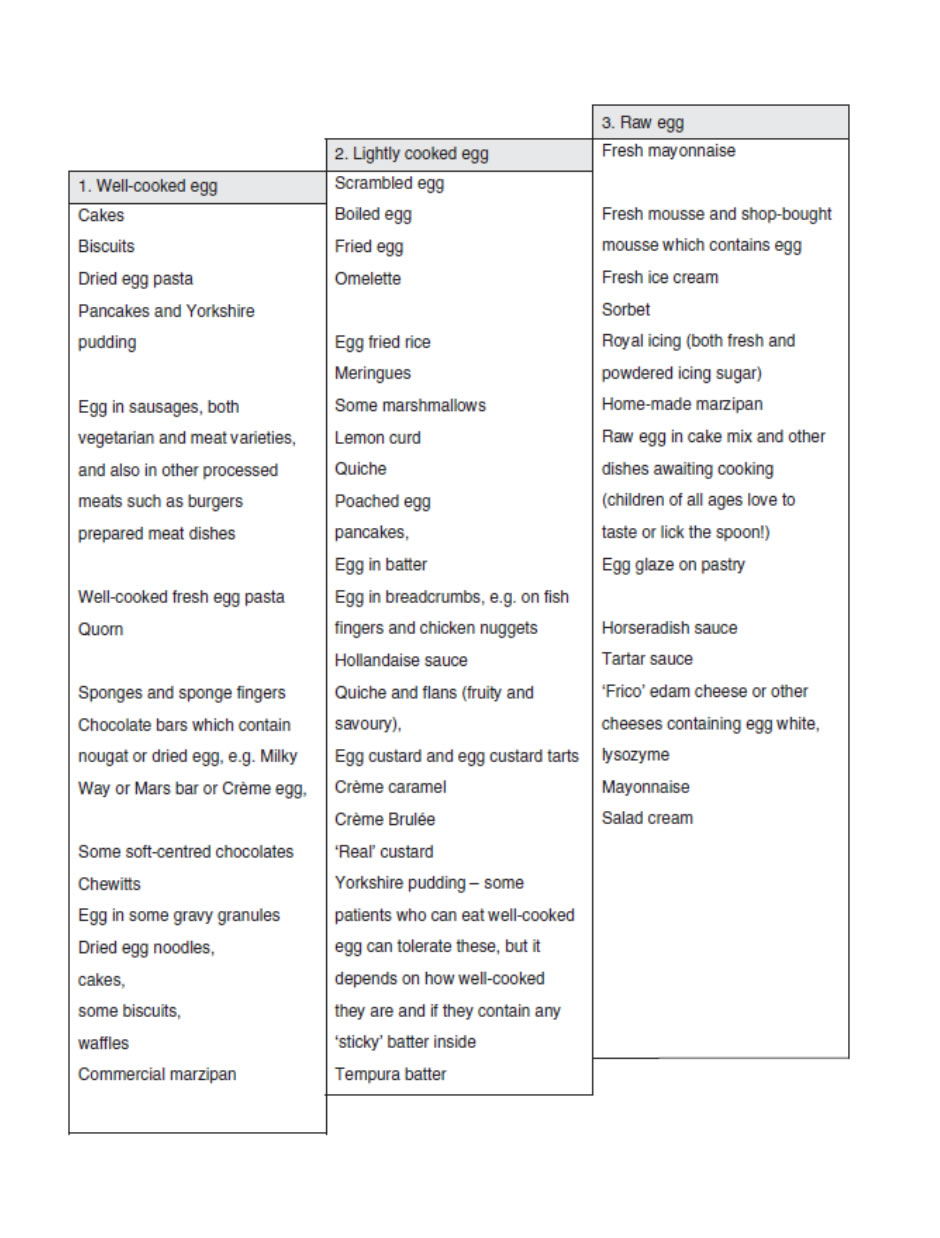Introduction - Welcome
Welcome to the Virtual Patient case for Emily!
In Medical Education a Virtual Patient (VP) is an interactive computer simulation that allows the learner to explore a clinical scenario. Here we present the VP case for Emily, an 8 month old infant who has been brought to her local GP’s surgery with a widespread rash.
During the simulation you will have the chance to fully explore Emily’s case. Acting initially as a GP or practice nurse you will be able to gain an overview of her symptoms, consider a differential diagnosis and suggest management strategies. You will then change roles and be part of the clinical team at the paediatric allergy clinic, where you will need to obtain an allergy-focussed history and choose an appropriate investigation or test to confirm your diagnosis. Based on Emily’s test results you will be able to explore future management plans and give further advice to her family for her ongoing health care. At follow-up consultations you will need to consider the important factors in determining the current state of Emily’s health.
You are able to interact with Emily’s VP case via multiple choice and open questions, and the in-built feedback responses to the questions, which allow you to explore the various diagnoses, management and treatment options. There is also lots of information in the References section to help you in your understanding of Emily’s case.
Introduction - Learning Objectives
During the course of Emily's journey, you will meet the following learning objectives:
The Case - Scenario
You are a GP or practice nurse running a clinic in the local surgery. A mother brings her 8 month old daughter Emily to see you because she has developed a widespread rash. She was completely well this morning when she woke up, but developed a rash whilst having breakfast. The rash started around her mouth and then spread to involve her whole body. The rash is raised, red and itchy and there is some swelling of her lip. Emily is clearly distressed. There are no other symptoms.

Based on your initial thoughts, what might be included in your differential diagnosis? Think about the features that are typical of each of these options below and select the most likely diagnosis in Emily's case:
The Case - Initial Management
As a GP or practice nurse what would you do initially?
The Case - Subsequent Management
From the history (see Initial Management section) you suspect that Emily has had an allergic reaction to egg.
What would you do now? You have treated the rash with oral chlorphenamine antihistamine and it is starting to settle.
Tick all that apply
The Case - Allergy Clinic
You are now part of the allergy team who sees Emily in the Paediatric Allergy Clinic. Think about how you would take an allergy-focused history.
What are the key questions that you would ask?
Your answer is likely to include the following components:
RCPCH Guide to ‘Taking an Allergy Focused Clinical History’ can be found here (6)
The Case - Signs and symptoms of allergic reactions

From this history, which is the most appropriate description of Emily’s reaction?
The Case - Investigations
Which of these is the most appropriate investigation to confirm Emily's diagnosis?
Tick all that apply
Further information about diagnosis & management of food allergy can be found here (10-12)
The Case - Interpretation of Results

What does this result suggest?
The Case - Management
Which of these is appropriate in the management of Emily’s egg allergy? Tick all that apply
The Case - Tolerance

Mum asks whether Emily is likely to grow out of her egg allergy.
What do you tell her?
The Case - Immunisations

Emily is nearly one year old and due to have her MMR immunisation in a few months time and her parents are worried about the risk of her having a reaction.
What do you advise?
The Case - Follow Up Appointment (1)

Emily is now two years old and attends for her annual follow-up in the allergy clinic.
What are the important points to consider during a follow-up appointment?
Your answer is likely to include the following components:
The Case - Follow Up Appointment (2)

Emily is now four years old and is growing and developing well. She has not had any allergic reactions since diagnosis as the family have successfully managed to avoid egg in her diet. Mum mentions that she might have accidentally eaten cake from another child at nursery but she did not react. Emily is due to start school in September and Mum wonders if she might have grown out of her egg allergy.
What would you advise for Emily?
The Case - Food Challenges
The results of Emily’s recent skin prick test to egg white show a wheal size 2mm.
What is the most appropriate next step in the management of her egg allergy?
Additional Supporting Information - The Egg Ladder

Additional Supporting Information - Home Reintroduction

Home reintroduction is not appropriate in all cases and an in-hospital food challenge should be considered if any of the following apply
If the child is not suitable for home reintroduction they should have specific IgE performed before proceeding to an in-hospital food challenge. If the child reacts then continue avoidance of all egg with routine follow-up. If the child does not react on challenge then they are no longer allergic and can be discharged.
Additional Supporting Information - Vaccines in egg allergic patients
Information about other vaccines in egg allergic patients
Influenza vaccine
Influenza vaccines do contain a small amount of egg protein. A very low egg containing live influenza vaccine (containing less than 0.12mcg/mL ovalbumin) can be given in the GP surgery in the normal way. At present the nasal flu vaccine Fluenz should not be given to egg allergic children. The results of a recent study looking at the safety of nasal flu vaccine in egg allergic children will be published shortly.
Department of Health advice about Influenza can be found here (29) More information about Influenza vaccine can be found here (30, 31)
Yellow Fever Vaccine
Yellow Fever vaccine contains egg proteins. If a child with egg allergy is travelling to an area where Yellow Fever vaccine is compulsory, they should be referred to a paediatric allergist well in advance of their travel.
Department of Health advice about Yellow Fever can be found here (32)
Review - Summary
During the course of Emily's journey, you will hopefully have learnt how to successfully diagnose and manage a child with egg allergy.
You should have met following learning objectives:
Review - Virtual Patient Evaluation
We would be very grateful if you would be able to provide us with some feedback on your experience of using this virtual patient.
The aims of our evaluation are to:
This questionnaire should take you between 15 and 20 minutes to complete.
Review - Credits and Acknowledgements
Credits and Acknowledgements
My name is Stephanie Wagner and I am one of your fellow MSc students. I designed this Virtual Patient as part of my MSc Allergy Work Based Learning module. I hope that it will provide you with an interesting and challenging learning experience, and a resource that you can continue to come back to in the future.
I would like to thank the following people, as without them it would not have been possible.
The University of Southampton Medical Education Development Team, especially:
This has been a great learning experience for me and I think that as students we are well placed to develop Virtual Patient cases and I would encourage you to think about creating a Virtual Patient as part of your studies.
Review - References
- Johansson SG, Hourihane JO, Bousquet J, et al. A revised nomenclature for allergy. An EAACI position statement from the EAACI nomenclature task force. Allergy 2001; 56(9): 813-24.
- Zuberbier T, Asero R, Bindslev-Jensen C, et al. EAACI/GA(2)LEN/EDF/WAO guideline: definition, classification and diagnosis of urticaria. Allergy 2009; 64(10): 1417-26.
- Muraro A, Roberts G, Clark A, et al. The management of anaphylaxis in childhood: position paper of the European academy of allergology and clinical immunology. Allergy 2007; 62(8): 857-71.
- Dzingina M, Stegenga H, Heath M, et al. Assessment and referral after emergency treatment of a suspected anaphylactic episode: summary of NICE guidance. BMJ 2011; 343: d7595.
- Resuscitation Council UK. Emergency Treatment of Anaphylactic Reactions: Guideline for healthcare providers. 2008.
- Royal College of Paediatrics and Child Health. Allergy Care Pathways Project: Taking an Allergy Focused Clinical History. London; 2011.
- Clark AT, Skypala I, Leech SC, et al. British Society for Allergy and Clinical Immunology guidelines for the management of egg allergy. Clin Exp Allergy 2010; 40(8): 1116-29.
- ASCIA. Guidelines for EpiPen Prescription. 2003.
- National Institute of Health and Clinical Excellence. Diagnosis and Assessment of Food Allergy in Children and Young People in Primary Care and Community Settings (Clinical Guideline 116). London: NICE; 2011.
- Eckman J, Saini SS, Hamilton RG. Diagnostic evaluation of food-related allergic diseases. Allergy Asthma Clin Immunol 2009; 5(1): 2.
- Chafen JJ, Newberry SJ, Riedl MA, et al. Diagnosing and managing common food allergies: a systematic review. JAMA 2010; 303(18): 1848-56.
- Soares-Weiser K, Takwoingi Y, Panesar SS, et al. The diagnosis of food allergy: a systematic review and meta-analysis. Allergy 2013.
- Morris A. ALLSA Position Statement; Allergen Skin-Prick Testing. Current Allergy & Clinical Immunology 2006; 19(1): 22-5.
- Stiefel G, Roberts G. How to use serum-specific IgE measurements in diagnosing and monitoring food allergy. Arch Dis Child Educ Pract Ed 2012; 97(1): 29-36; quiz 4.
- Sampson HA. Utility of food-specific IgE concentrations in predicting symptomatic food allergy. J Allergy Clin Immunol 2001; 107(5): 891-6.
- Marriage DE, Erlewyn-Lajeunesse M, Unsworth DJ, Henderson AJ. Unscrambling Egg Allergy: The Diagnostic Value of Specific IgE Concentrations and Skin Prick Tests for Ovomucoid and Egg White in the Management of Children with Hen's Egg Allergy. ISRN Allergy 2012; 2012: 627545.
- Turjanmaa K, Darsow U, Niggemann B, Rancé F, Vanto T, Werfel T. EAACI/GA2LEN position paper: present status of the atopy patch test. Allergy 2006; 61(12): 1377-84.
- Niggemann B, Grüber C. Unproven diagnostic procedures in IgE-mediated allergic diseases. Allergy 2004; 59(8): 806-8.
- Sporik R, Hill DJ, Hosking CS. Specificity of allergen skin testing in predicting positive open food challenges to milk, egg and peanut in children. Clin Exp Allergy 2000; 30(11): 1540-6.
- University Hospital Southampton NHS Foundation Trust. Southampton Food Allergy Action Plan. 2013.
- Savage JH, Matsui EC, Skripak JM, Wood RA. The natural history of egg allergy. J Allergy Clin Immunol 2007; 120(6): 1413-7.
- Shek LP, Soderstrom L, Ahlstedt S, Beyer K, Sampson HA. Determination of food specific IgE levels over time can predict the development of tolerance in cow's milk and hen's egg allergy. J Allergy Clin Immunol 2004; 114(2): 387-91.
- Boyano-Martínez T, García-Ara C, Díaz-Pena JM, Martín-Esteban M. Prediction of tolerance on the basis of quantification of egg white-specific IgE antibodies in children with egg allergy. J Allergy Clin Immunol 2002; 110(2): 304-9.
- Järvinen KM, Beyer K, Vila L, Bardina L, Mishoe M, Sampson HA. Specificity of IgE antibodies to sequential epitopes of hen's egg ovomucoid as a marker for persistence of egg allergy. Allergy 2007; 62(7): 758-65.
- Clark A, Islam S, King Y, et al. A longitudinal study of resolution of allergy to well-cooked and uncooked egg. Clin Exp Allergy 2011; 41(5): 706-12.
- Department of Health. Green Book Chapter 6: Contraindications and special considerations. 2013.
- Fox A, Lack G. Egg allergy and MMR vaccination. Br J Gen Pract 2003; 53(495): 801-2.
- Rolfe A, Sheikh A. 10-Minute Consultation. Measles, mumps, and rubella vaccination in a child with suspected egg allergy. BMJ 2011; 343: d4536.
- Department of Health. Green Book Chapter 19: Influenza. 2013.
- Erlewyn-Lajeunesse M, Brathwaite N, Lucas JS, Warner JO. Recommendations for the administration of influenza vaccine in children allergic to egg. BMJ 2009; 339: b3680.
- Erlewyn-Lajeunesse M, Lucas JS, Warner JO. Influenza immunization in egg allergy: an update for the 2011-2012 season. Clin Exp Allergy 2011; 41(10): 1367-70.
- Department of Health. Green Book Chapter 35: Yellow Fever. 2013.